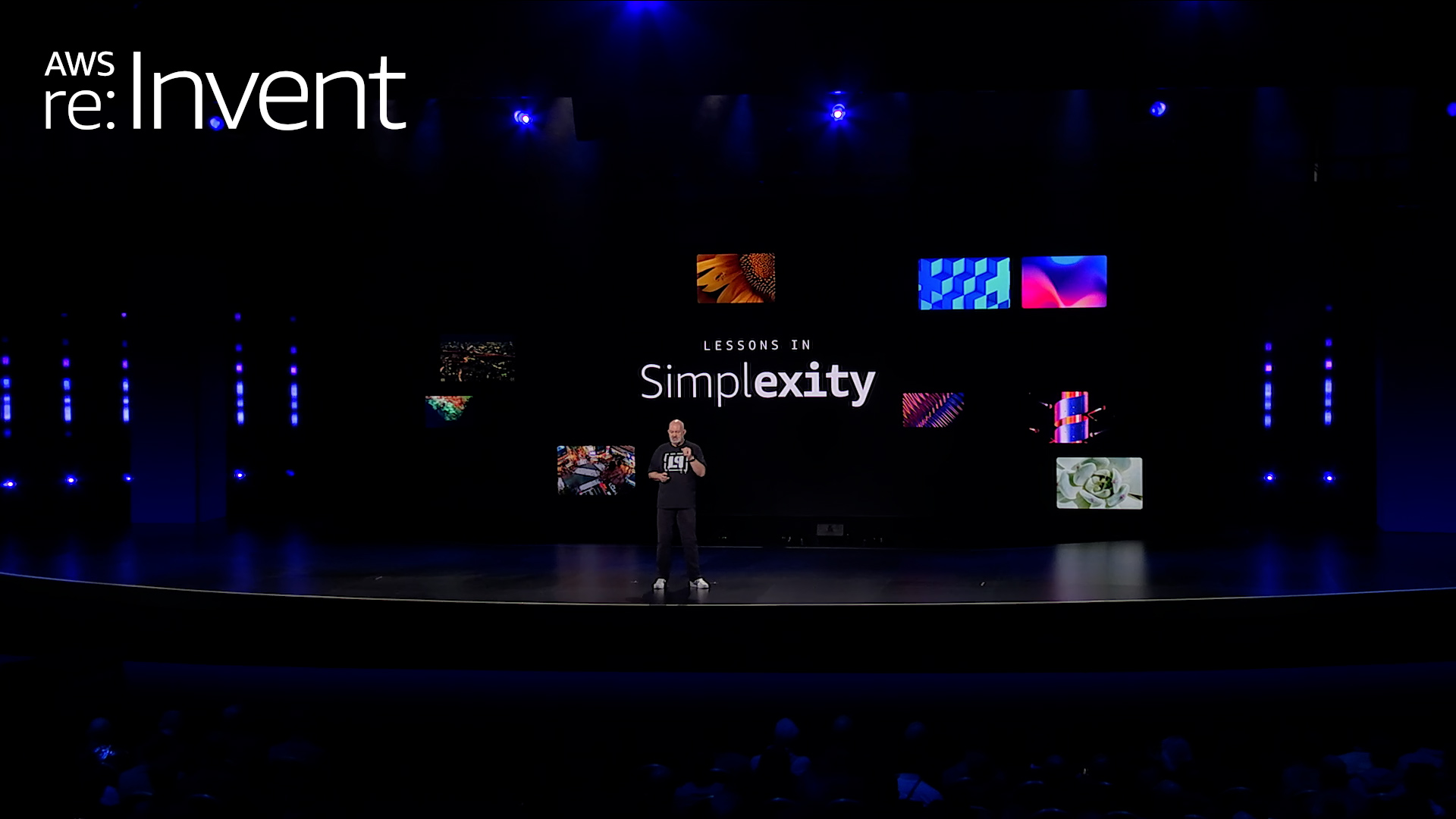Lessons in System Design: Simplifying Complexity with Purpose
February 13, 2025

Lightedge
Author

Distributed systems are the backbone of modern IT, yet they often embody an intimidating level of complexity. Werner Vogels, in his keynote at AWS re: Invent 2024, offered a roadmap for taming this complexity. It’s worth reflecting on the broader context shared during Werner Vogels’ keynote, where he highlighted the inevitability of complexity and the critical role of intentional design in navigating it effectively.
In our earlier post, “Lessons from Werner Vogels’ Keynote at AWS re: Invent 2024,” we explored these themes in detail, including how complexity can be shifted to controlled areas to simplify user-facing experiences. Here’s how organizations can harness these insights to build resilient, efficient systems. These lessons in system design emphasize purposeful simplicity without sacrificing the flexibility and scalability required in today’s environments.
Embracing Complexity as an Opportunity
Complexity is a natural consequence of progress. The challenge lies in determining how to manage it effectively. Vogels described a guiding principle: shift complexity to areas where it can be controlled, making user-facing simplicity possible. This approach doesn’t diminish the intricate operations behind the scenes but ensures they don’t overwhelm the end user or hinder system performance.
Organizations that approach complexity with intentionality can transform it into a competitive advantage. Instead of fighting the natural growth of complexity, the focus should be on designing systems that can handle it without breaking.
Key Principles for System Design
Vogels outlined six foundational principles that serve as a framework for effective system design:
- Evolvability as a Requirement: Systems should be designed to adapt and grow over time without degrading performance or stability. This is critical for enterprises that need to respond quickly to market changes or technological advancements.
- Breaking Complexity into Pieces: Modular designs are crucial for isolating failures and enabling teams to focus on specific components without affecting the entire system. Modularity ensures that no single issue cascades into a larger outage.
- Cell-Based Architectures: Localizing potential failures by compartmentalizing system components ensures that the impact of any issue remains contained. This principle reflects the biological concept of cells—independent yet interconnected—and has become a cornerstone of resilient design.
- Predictable Systems Using “Constant Work” Patterns: Systems should maintain consistent performance under varying conditions, avoiding bottlenecks and ensuring reliability.
- Automation to Minimize Human Error: Automated systems handle repetitive and error-prone tasks with precision, reducing reliance on manual intervention while improving scalability and efficiency.
- Precise Time Synchronization: AWS’s new offering in precise time synchronization illustrates how critical time coordination can simplify distributed systems. By eliminating the need for complex algorithms, systems become easier to manage and more reliable.
For a deeper dive into how these principles translate into actionable strategies, our follow-up post, “Lessons from System Design: Simplifying Complexity with Purpose,” explores practical ways to implement them. From adopting modular architectures to leveraging precise time synchronization, it’s a guide to turning Vogels’ insights into robust, scalable system designs.
Building for Modularity and Resilience
Vogels emphasized modularity as a design philosophy that extends beyond technology into team structures. Systems designed to fail gracefully rely on modular components to isolate issues, and organizations structured similarly benefit from improved adaptability and innovation. By designing teams and systems around these principles, enterprises position themselves to weather disruptions while maintaining agility.
Turning Insights into Action
These principles of system design offer more than theoretical guidance; they provide actionable strategies for enterprises to build robust, scalable systems. Here are some ways organizations can implement these lessons:
- Adopt modular architectures to localize failures and streamline development processes.
- Leverage automation to offload routine tasks, enabling teams to focus on innovation.
- Incorporate precise time synchronization to enhance reliability and reduce complexity in distributed systems.
- Foster evolvable systems that grow with the organization, ensuring long-term resilience and relevance.
Designing for Tomorrow’s Complexity
System design is as much an art as it is a science, requiring a balance between simplicity and sophistication. By applying these lessons, enterprises can navigate the challenges of complexity with confidence, transforming potential pain points into opportunities for growth and innovation.


